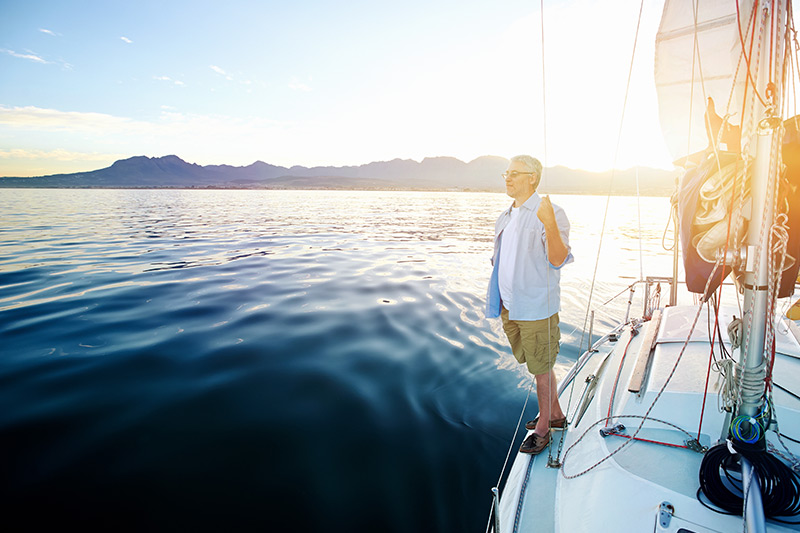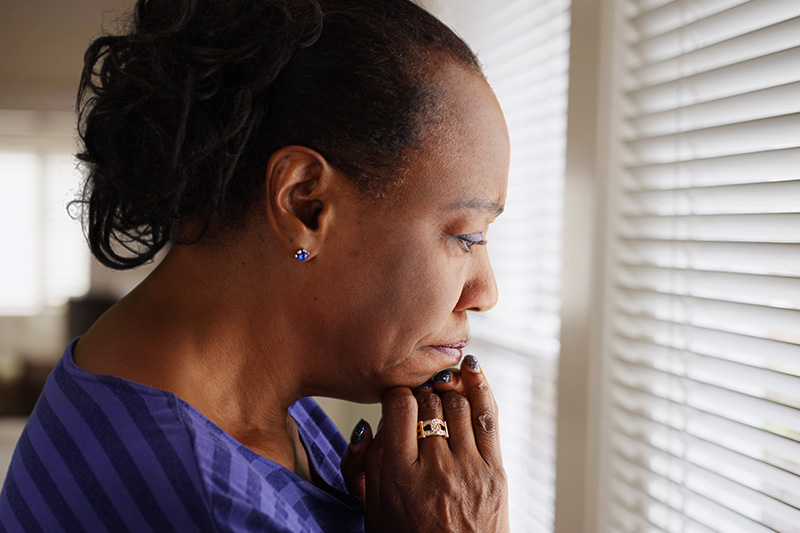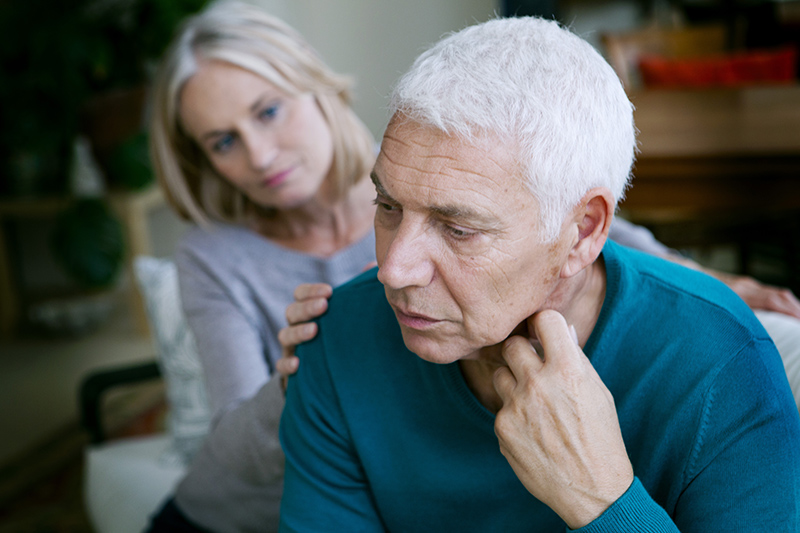
Retirees can find quality of life on a fixed income by relocating outside the United States.
Prices in the U.S. seem to be going up faster than your monthly check can cover them. Groceries, gas and insurance all take a big chunk out of your budget. You’ve watched the taxes on your home soar in the last few years.
There are places overseas where your social security check will cover restaurant meals as well as rent. Places where you can dig your toes into powder-white sand, or view mountains from a colonial-era town. Places where you get dirt-cheap health care and a gorgeous climate all year. Places where your costs are as low as $1,000 a month.
If you can’t bear the thought of being so far from loved ones, factor in a couple of trips home every year. In this global age, you’re never far from an airport. Or decide to take it six months at a time, renting a place to live and re-evaluating as you go. You can even rent out your house while you’re gone for some extra income, and assurance that you can return to your old life.
We’ve found five communities where retirees can live especially well and cheaply. Four of them are in the Americas, and one is Asia’s best bet for retirees. All offer outstanding bang for your buck. Each one is paired with the approximate cost for two people. Yes, there will be money left over for those trips home!
How Safe is Living Abroad?
Safety is another important concern. None of the areas is on the U.S. Department of State’s Travel Alerts list, although some parts of Mexico are quite dangerous and include travel warnings due to cartel activity. The Global Peace Index attempts to measure a nation’s peacefulness. It ranks 163 nations from first to last. Here is where the following countries stand, including the U.S. for reference:
- Malaysia: 29
- Panama: 49
- Ecuador: 66
- Nicaragua: 74
- United States: 114
- Mexico: 142
Another safety concern is especially pertinent to Americans who have just watched multiple hurricanes slam the country. Inland is always safer from hurricanes, but if you prefer to live on the coast, you might try Panama, which has had only a single hurricane, in 1969. Ecuador doesn’t get hurricanes, but El Nino causes intense weather patterns that generate rain and floods on the coast. Only two hurricanes have made landfall in Nicaragua, and the Yucatan in Mexico does occasionally get hit, though less often than the same coast to the north. Finally, Malaysia officially has typhoons instead of hurricanes. Penang is vulnerable to flash flooding, wind and storms. It has also been hit with a tsunami after an earthquake in the ocean.
Taxes on Income Earned Outside of the States
What if you earn money while living abroad? The IRS has a very long arm. But you may be able to avoid paying taxes. Here’s a quote from their site, and a link for more information:
"If you are a U.S. citizen or a resident alien of the United States and you live abroad, you are taxed on your worldwide income. However, you may qualify to exclude from income up to an amount of your foreign earnings that is adjusted annually for inflation ($100,800 for 2015). In addition, you can exclude or deduct certain foreign housing amounts.”
Without further ado, here are our top picks for living abroad on a fixed income:
What About Medicare if I Retire Abroad?
Local health care varies, but many expats find it more than adequate for most of their needs. Larger cities often provide outstanding care for a full range of issues. But if you’re more comfortable getting treated in the States, make sure you understand how to manage your Medicare benefits.
You should enroll in Medicare when you are eligible, whether you are living in the U.S. or abroad. If you qualify to collect Social Security benefits, or if you are a U.S. citizen or legal permanent resident who has lived in the United States continuously for five years, you can get Medicare benefits. However, Medicare typically doesn’t cover medical care you receive outside of the U.S.
Most people don’t pay any premium for Part A coverage for inpatient hospital services. Usually, you should keep Part A, even if you’ll be living abroad, since it’s free.
Part B coverage for physician visits and outpatient care requires you to pay a premium. You’ll likely need to pay the premium if you plan to move back to the U.S. or come back frequently or for extended visits. If you continue to pay Part B premiums, Medicare will cover you any time you step on U.S. soil.
If you decide to quit paying for Part B, it’s at your peril. If you return to the U.S., you may have to wait until the General Enrollment Period (January 1 through March 31) to enroll, and even then, coverage won’t kick in until July 1. You could also confront lifelong premium penalties that will increase the cost of Part B as long as you live.
Some sites tell you to stop paying for optional Medicare Advantage and Part D (prescription drug coverage) when you move overseas. To qualify for either, you technically must live in that plan’s service area. But there is a workaround if you plan your visits to the States in advance. You can qualify for a special enrollment period (SEP) for Part D each time you move into a plan’s service area. About a month before your return, call your Part D plan and say you are moving back to the U.S. and you need to use your SEP to re-enroll in the plan because you are moving back to its service area.
You may be able to obtain a zero-dollar Medicare Advantage plan that won’t charge you a monthly premium. Be aware that it may require a higher deductible, more expensive copays, and less prescription drug coverage when you need to actually use it.
Every situation is slightly different. Be prepared to enroll in Medicare as soon as you are eligible, even if you live abroad. Have a plan for medical coverage if you plan to return to the United States. Check out your options if you plan to settle in a foreign country permanently.
Finally, check with Medicare regarding your particular situation. You can contact Social Security or the United States Consulate or Embassy in your country of residence before you make any final decisions.
|
$1,000 a Month
Santa Fe de Veraguas, Panama
Rolling green hills snuggle next to cool mountains in this small community of just over 3,000 people located two hundred miles west of Panama City. You can sit on your veranda and sip coffee that was grown locally, watching for monkeys and toucans in the trees above you.
Local industries harken back centuries to a slower pace of life. Master craftsmen make Mejoranas, Spanish guitars that you can buy for under $100 to strum as evening falls. Or visit local gardens to view more than 300 orchid varieties. The exotic flowers merit their own festival each August.
Santa Fe National Park features 270 square miles of hiking trails in pristine rainforest that you can explore with a guide or on horseback. Rent an inner tube for $5 and float down the Rio Bulaba. Or meander along the many streams and rivers punctuated by waterfalls and birds chattering in the canopy above.
Home rental starts at $400 a month. A mere $6 will get you a bag of fruit and vegetables, plus a pair of chicken breasts for dinner. The local internet café charges 60 cents per hour, and your monthly water bill rarely climbs above $3. Cleaning people or local builders run about $15 per day.
You won’t find a big expatriate community in Santa Fe, but you will find friendly locals. Bill and Mitzi Martain have been residents for years.
“We chose to be here primarily because of the people,” says Mitzi. “Panamanian people are so wonderful, and will do anything and everything to help you out when they see you’re trying to adapt and find your way. We respect and admire them, and we try to earn their respect and admiration, too.”
Plus, a pensionado visa will grant you discounts on meals (15%-25%), hotels (30%-50%), medical check-ups (20%), and prescriptions (15%-20%) … as well as many other benefits.
$1,000 a Month
Granada and San Juan del Sur, Nicaragua
Nicaragua has arguably the lowest cost of living in Central America. There are many gorgeous locales where a retiree could afford to settle down, including the historic colonial city of Granada and the seaside village of San Juan del Sur.
No matter where you go in Nicaragua, you’re bound to be healthier. The government bans genetically modified food (GMOs), nor does it allow animals, fruits or vegetables injected with hormones, antibiotics or “plumping” chemicals. Communities are built for walking, with town squares and local proprietors. Traffic is scarce, although you may have to wait when the local herd of cows crosses the road.
Granada
The historical colonial town of Granada has a population of just over 150,000 and sits on Lake Colcibolca, the 19th-largest lake in the world. Anchored by the famous yellow church in the city center, the town has a quaint vibe backed by views of the nearby Mombacho Volcano. Tourists flock to the stalls featuring local Nicaraguan handicrafts, clothing, and jewelry; horses pull buggies down the streets; and children play in the central park.
Take a boat ride around the lake’s tiny islands, stopping off at one for lunch. Try the zip-line at the volcano, or go for a swim in the warm volcanic waters of Laguna de Apoyo, 20 minutes outside of town. Art galleries and concerts are easy to find.
In the evening, choose among dozens of outdoor restaurants where you can enjoy two-for-one $2.50 mojitos, eat barbecued ribs and watch break-dancers, or listen to wandering mariachis. The large expat community makes it easy to find food from back home, and connect with new friends who speak English.
Donna Tabor, a single retiree who has lived in Granada since 1996, loves Granada’s amenities and its low cost. She owns her home not far from the lake, and says her monthly expenses rarely top $1,000, including gas and maintenance for her old truck.
San Juan del Sur
If you prefer to fall asleep to the sound of waves licking the shore, check out San Juan del Sur, cradled in a perfect crescent bay with golden sands near the border of Costa Rica.
The culture and the sense of community here, says Renda Hewitt, who retired to San Juan del Sur with her husband, Ralph, in 2003, reminds her of what it was like growing up in rural Texas back in the 1940s. Children are taught to be respectful and well mannered, she says, and they don’t have to worry about their safety, because everyone in town is looking out for one another.
Her husband values the temperate climate. Temperatures stay within a narrow range near 90 degrees year round, cooled by an easterly breeze.
The couple put their monthly expenses at about $1,000, including visits to restaurants, weekly shopping trips to the nearby town of Rivas, monthly shopping trips to Managua with hotel stays and dinners out, groceries and gas.
“Our monthly expenses are just $1,000…a thousand dollars,” says Ralph, for emphasis. “We actually have money left over each month from our Social Security … so every October we take a cruise.”

$1,400 a Month
Campeche, Mexico
Sitting on the Gulf of Mexico, this World Heritage city is quickly becoming a mecca for American retirees in search of an affordable beach destination. One of the safest cities in Mexico, Campeche features Spanish-colonial architecture with candy-colored facades.
A population of 300,000 ensures plenty of amenities, while the eight-block city center is walkable for nearly anyone. The three-mile boardwalk beside the ocean is augmented with running and cycling paths, small parks and workout equipment. In fact, if you live in one of three historic neighborhoods nearby, you can get by without a car.
The highway from Campeche to Merida has been widened to four lanes, reducing the driving time to an hour and a half. Campeche itself has a range of big box stores familiar to Americans. Sam’s Club and Walmart compete with a more traditional market just outside the historic center. Traffic within the center is limited, replaced by promenades decorated with sculptures and outdoor cafes.
Daily expenses are low. A week’s worth of fruits and vegetables at the market goes for as little as $8. Pop in for a sandwich or taco from a small lunch stand for $2 to $3. Or go all-out with a seafood plate at a sit-down restaurant for $12 or $15.
A small house will set you back $400 a month, while a more modern home with two or three bedrooms runs $500 and up, unfurnished. The same sort of home will sell for $150,000 or more.
“The weather is good, the people are friendly, and there are fresher fruits and vegetables year-round here than you get back home,” says expat Daniel Record, of life in Campeche.

$1,500 a Month
Vilcabamba, Ecuador
Clean air and constant sunshine are abundant in this lush valley in the southern Andes of Ecuador, and so is fresh, organic food. Vilcabamba reportedly has one of the four healthiest populations on earth.
Many residents live to be 100 years old or more. The stress-free living, ideal climate and clean water contribute to longevity. Near the equator at 5,000 feet above sea level, temperatures average between 65 and 81 degrees all year long.
While it is not a simple task to get to Vilcabamba, about 150 foreigners live there full time, and another 100 or so make it their residence for part of the year.
Renting a furnished two-bedroom home in Vilcabamba runs about $375, with another $155 for utilities. Weekly maid service is $15, and groceries for a month will set you back $400 for two. In addition, expect to spend about $140 for your car, $75 for personal items and $200 to dine out six times, and your monthly bill is still under $1,500. National health care is only an additional $80 for both of you.
Patrick Robinson moved to Vilcabamba after 30 years of living on Maui, Hawaii. He did it alone, at age 80, without speaking a word of Spanish.
After traveling for four years in search of his own retirement paradise, he settled on Vilcabamba as an entrepreneurial haven, with low taxes and cost of living, and a “healthy environment that would nurture mind, body, and soul,” Robinson says.

$2,000 a Month
George Town, Malaysia
A lively, modern restaurant scene blends with old-town charm in George Town, the capitol of Penang, Malaysia. A Unesco-listed city founded in 1786, buildings mostly date from the 1800’s and provide the main attraction for visitors. When tourists tire of the busy city, they can relax on deserted white-sand beaches and lush jungle trails, all for an affordable price.
Art and music events abound. Street culture is anchored in local religious festivals, and a new performing arts center anchors the Straits Quay Marina. An entire month is devoted to performances at the George Town Festival, while music is on stage at the Penang World Music Festival.
Take home a bag of fresh fruits such as mangoes, bananas, apples, pineapples and oranges for $6. For $900 a month, you can live in a spacious, four-bedroom apartment with a swimming pool and gym facilities. Go ahead and add a weekly maid for $14 a visit.
Internet is $30 monthly, and a premium cable TV package will bring you HBO, CNN, BBC and numerous sports and movie channels for another $40. Dinning out is particularly inexpensive. Residents swear you can pick any cuisine and eat out every night, all without going over a $2,000 monthly limit.
Six world-class hospitals sit within George Town, where all the medical staff speak perfect English. Need to see a specialist? No appointment is needed, and it may cost as little as $12.
Sources
“The Cheapest Places to Retire: Five Towns Where You Can Live Better For Less,” International Living.
“Global Peace Index,” Vision of Humanity.
“Santa Fe, Panama,” International Living.
“Granada, Nicaragua,” International Living.
“Why I Moved to Vilcabamba, Ecuador,” International Living.
“Travel Warnings,” Medicare Interactive.
“What is UberFAMILY?” uberkit.
“Medicare coverage when living abroad,” Medicare Interactive Pro.
“Can expats take their Medicare abroad?,” PBS Newshour.
“Medicare Advantage,” PlanPrescriber, Inc.
Blog posting provided by Society of Certified Senior Advisors
www.csa.us


















